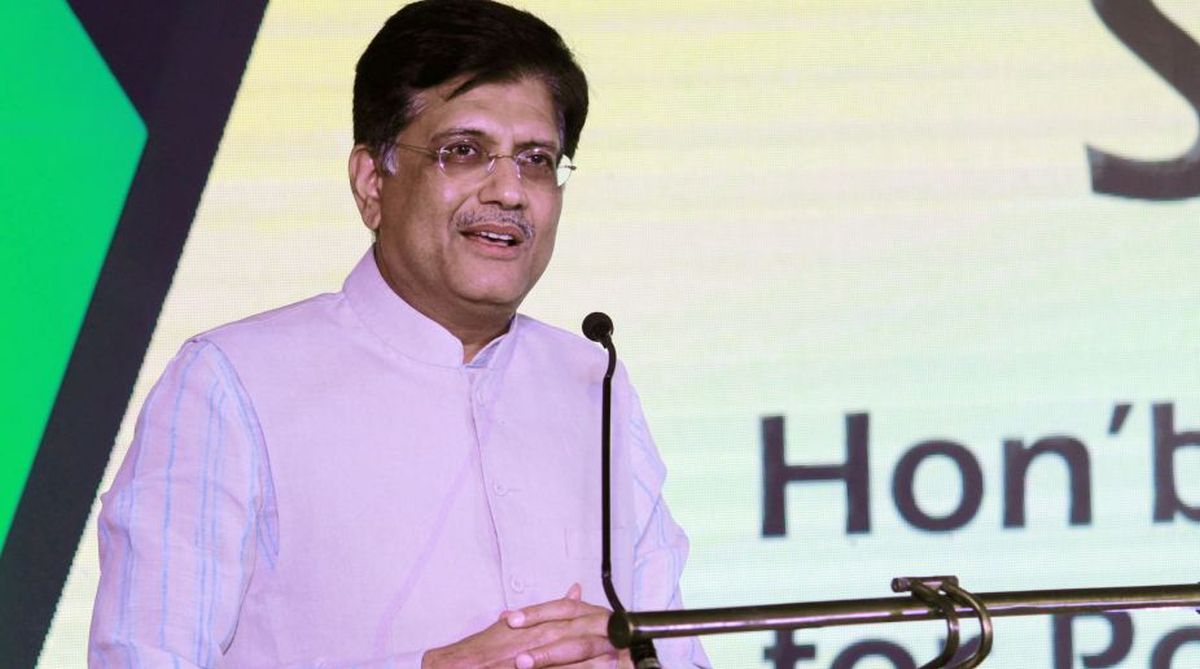Ending many days of speculation, Railways has finally announced relaxation in the flexi-fare scheme being used for pricing of tickets since September 2016. Henceforth, under the flexi-fare system, the Railways will not charge more than 1.4 times the base ticket fare and in some trains it is being completely waived.
The relief for passengers will, however, be partial as Railways has selected those trains which have low occupancy and thus do not generate much revenue for its coffers.
Advertisement
There are 15 trains from which the flexi-fare scheme for pricing of tickets has been completely waived. These are trains where the occupancy has been less than 50 per cent, including 13 Shatabdis and two Durontos. The Railways has also announced relief from flexi-fare on 32 trains during lean period in the current year. The occupancy in these trains was between 50 and 75 per cent in 2017-18.
The fare relaxation has been expected as the tenure of the Modi government is about to end and it will have to face elections next year. Interestingly, the decision to revise the scheme has also come ahead of state assembly elections in five states.
Voices were being raised against the scheme for being anti-people. The decline in occupancy in trains was also blamed on the scheme which made the prices of train tickets in premium trains unaffordable.
However, Ministry of Railways has stuck to its opinion that though initially the imposition of dynamic pricing led to a fall in occupancy, it picked up later.
The scheme has reportedly generated revenue of over Rs 540 crore for the transporter in less than a year. However, the opposition to the flexi-fare system prompted the Ministry to constitute an eight-member review committee. The revision in the scheme has been done on the basis of the recommendations of this committee, the Comptroller and Auditor General’s report and representations from passengers.
In September 2016 the Railways had imposed dynamic pricing for all premier trains which included 44 Rajdhanis, 52 Durontos and 46 Shatabdi trains. Under this, the base fare increases by 10 per cent with every ten per cent of berths sold, subject to a prescribed limit. The prescribed limit is 1.5 times the base ticket fare.
To increase the occupancy in second AC, three-tier AC and chair car, graded discount of 20 per cent on last fare will be given on all trains with flexi fare and Humsafar trains where occupancy of a particular class is less than 60 per cent.
No discount on last fare will be given if the occupancy is above 80 per cent.“Win-Win Situation: The reduction of Flexi Fares is going to benefit both the passengers that can now avail tickets at cheaper rates, as well the Railways that will see a surge in demand and occupancy,” tweeted the Railways Minister Piyush Goyal.
“As a gift to passengers this festive season, Railways has decided to reduce Flexi Fares from 1.5 to 1.4 times the base ticket fare, and to completely remove Flexi Fares from trains with less than 50% occupancy,” he tweeted.











